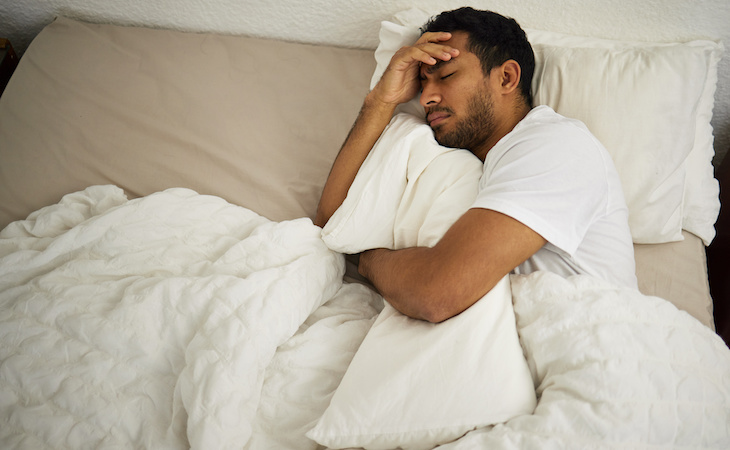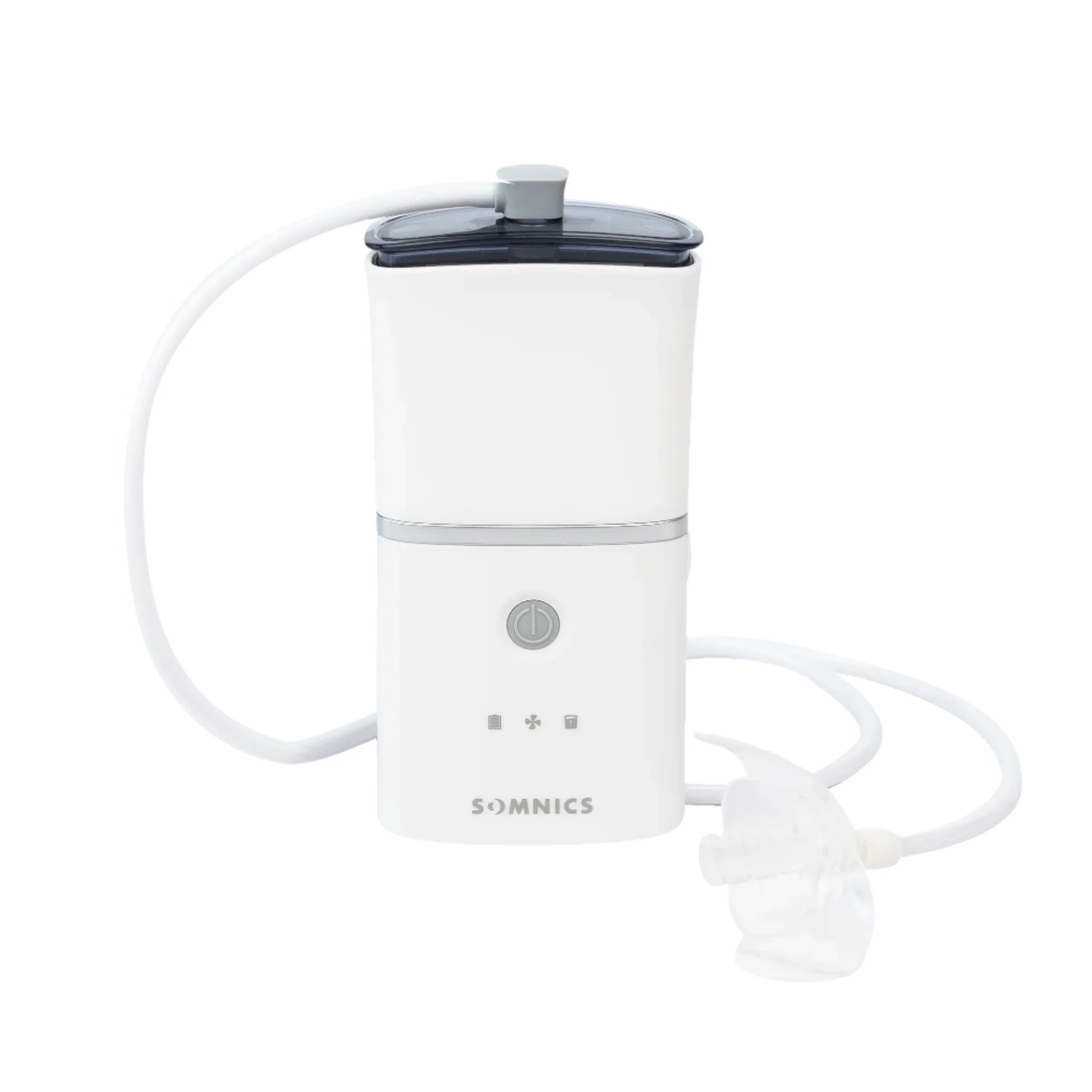Natural Insomnia Remedies - Safe and Effective Treatments
Natural Insomnia Remedies - Safe and Effective Treatments
Blog Article
Effective Treatment Solutions for Managing Rest Disorders and Enhancing Relaxed Rest
In the realm of health care, the monitoring of rest problems and the pursuit for relaxed sleep are critical elements of total health. Reliable therapy remedies use a multifaceted method to tackle these obstacles, ranging from cognitive behavior interventions to alternative practices that advertise leisure and mindfulness. The exploration of numerous methods, including the assimilation of medication and light treatment, opens up a realm of opportunities in the quest of better rest high quality. As we browse the detailed landscape of rest conditions and look for to enhance our sleep experience, a much deeper understanding of these therapy services might hold the trick to opening a more rejuvenating and fulfilling corrective trip.
Cognitive Behavior Therapy for Sleep Problems (CBT-I)
Cognitive Behavior Modification for Sleeplessness (CBT-I) is an organized, evidence-based therapy approach that concentrates on resolving the underlying elements adding to sleep disturbances. This kind of treatment aims to customize actions and ideas that exacerbate sleeping disorders, eventually advertising healthy and balanced rest patterns. CBT-I generally includes several crucial elements, consisting of cognitive treatment, rest constraint, stimulation control, and rest health education and learning.
Cognitive treatment aids people determine and change adverse idea patterns and ideas concerning sleep that might be impeding their capability to drop or remain asleep. Sleep limitation includes restricting the quantity of time spent in bed to match the person's real sleep duration, thereby boosting sleep performance (sleep deprivation help). Stimulation control methods assist establish a solid organization between the bed and sleep by urging people to visit bed only when sleepy and to prevent participating in boosting tasks in bed
Furthermore, rest health education and learning concentrates on developing healthy sleep routines, such as preserving a regular sleep schedule, developing a relaxing bedtime regimen, and enhancing the rest environment. By dealing with these variables adequately, CBT-I provides a reliable non-pharmacological treatment for managing insomnia and enhancing general rest quality.
Rest Hygiene Practices
Having actually developed the foundation of cognitive restructuring and behavioral modifications in attending to sleep problems through Cognitive Behavior modification for Sleeping Disorders (CBT-I), the emphasis currently shifts in the direction of discovering necessary Sleep Hygiene Practices for keeping optimal sleep top quality and overall health.
Rest hygiene methods encompass an array of habits and environmental variables that can considerably affect one's capacity to drop off to sleep and stay asleep throughout the night. Regular rest and wake times, producing a relaxing bedtime routine, and maximizing the rest environment by maintaining it dark, silent, and cool are important parts of excellent sleep hygiene. Restricting exposure to displays before bedtime, staying clear of stimulants like high levels of caffeine near going to bed, and participating in routine physical activity during the day can likewise promote much better rest quality.
Furthermore, practicing leisure strategies such as deep breathing workouts or meditation before bed can aid relax the mind and prepare the body for rest. By integrating these sleep health methods into one's daily regimen, individuals can establish a healthy and balanced rest pattern that supports restful rest and total wellness.
Relaxation Techniques and Mindfulness
Carrying out relaxation methods and mindfulness practices can play a critical function in promoting a sense of calm and advertising top quality rest. cognitive behavioral therapy for insomnia (CBT-I). These methods intend to peaceful the mind, reduce anxiety, and create an optimum environment for peaceful rest. One commonly exercised method is deep breathing workouts, where people focus on slow-moving, deep breaths to unwind the body and mind. Dynamic muscular tissue relaxation involves tensing and after that launching each muscular tissue team, promoting physical leisure. Additionally, led imagery can assist transfer people to a serene area in their minds, helping in stress decrease and improving sleep top quality.
By incorporating these practices into a bedtime routine, navigate here people can signify to their bodies that it is time to prepare and relax for sleep. Overall, integrating relaxation techniques and mindfulness techniques can dramatically contribute to handling sleep problems and improving total sleep quality.

Medicine Options for Rest Disorders
After exploring leisure strategies and mindfulness techniques as non-pharmacological treatments for improving sleep top quality, it is important to consider medicine alternatives for individuals with rest disorders. In situations where way of life adjustments and therapy do not supply sufficient relief, medicine can be an important device in taking care of sleep disruptions.
Generally prescribed medications for sleep conditions consist of benzodiazepines, non-benzodiazepine hypnotics, antidepressants, and melatonin receptor agonists. Benzodiazepines, such as diazepam, are sedatives that can assist generate rest, yet they are generally suggested for short-term use as a result of the threat of dependancy. Non-benzodiazepine hypnotics like zolpidem are additionally made use of to deal with insomnia and have a lower risk of dependence compared to benzodiazepines. Antidepressants, such as trazodone, can be helpful for people with co-occurring clinical depression and rest disruptions. Melatonin receptor agonists, like ramelteon, target the body's all-natural sleep-wake cycle and can be helpful for controling sleep patterns.
It is crucial for people to seek advice from with a doctor to determine the most proper drug alternative based see upon their details sleep disorder and clinical history.
Light Therapy for Circadian Rhythm Law
Light treatment, likewise known as phototherapy, is a non-invasive therapy approach utilized to regulate circadian rhythms and enhance sleep-wake cycles. This treatment entails direct exposure to bright light that resembles natural sunlight, which helps to reset the body's body clock. By exposing people to particular wavelengths of light, usually in the morning or evening depending upon the wanted result, light therapy can successfully adjust the circadian rhythm to promote wakefulness during the day and improve restful sleep during the night.
Study has revealed that light therapy can be especially useful for people with circadian rhythm disorders, such as postponed sleep stage syndrome or jet lag. It can likewise be helpful for those experiencing seasonal depression (SAD), a kind of depression that generally occurs throughout the wintertime months when all-natural light direct exposure is reduced. Light therapy is generally well-tolerated and can be made use of in combination with other treatment methods for sleep conditions to maximize outcomes and boost overall sleep quality.
Conclusion
To conclude, effective therapy solutions for handling sleep disorders and boosting peaceful sleep consist of Cognitive Behavioral Treatment for Sleep Problems (CBT-I), rest hygiene techniques, leisure methods and mindfulness, medicine choices, and light therapy for circadian rhythm policy. These techniques can aid people boost their rest quality and general health. It is very important to seek advice from with a health care supplier to determine the most appropriate approach for attending to sleep issues.
As we browse the complex landscape of rest conditions and dig this look for to improve our rest experience, a much deeper understanding of these treatment services may hold the secret to unlocking a more relaxing and meeting restorative trip.
Sleep constraint involves restricting the amount of time invested in bed to match the individual's real sleep duration, thereby boosting rest effectiveness. Consistent rest and wake times, producing a relaxing going to bed regimen, and optimizing the sleep environment by maintaining it dark, silent, and cool are vital elements of good sleep hygiene. Light therapy is typically well-tolerated and can be made use of in conjunction with other treatment approaches for sleep conditions to optimize outcomes and improve total sleep high quality.

Report this page